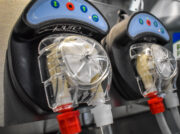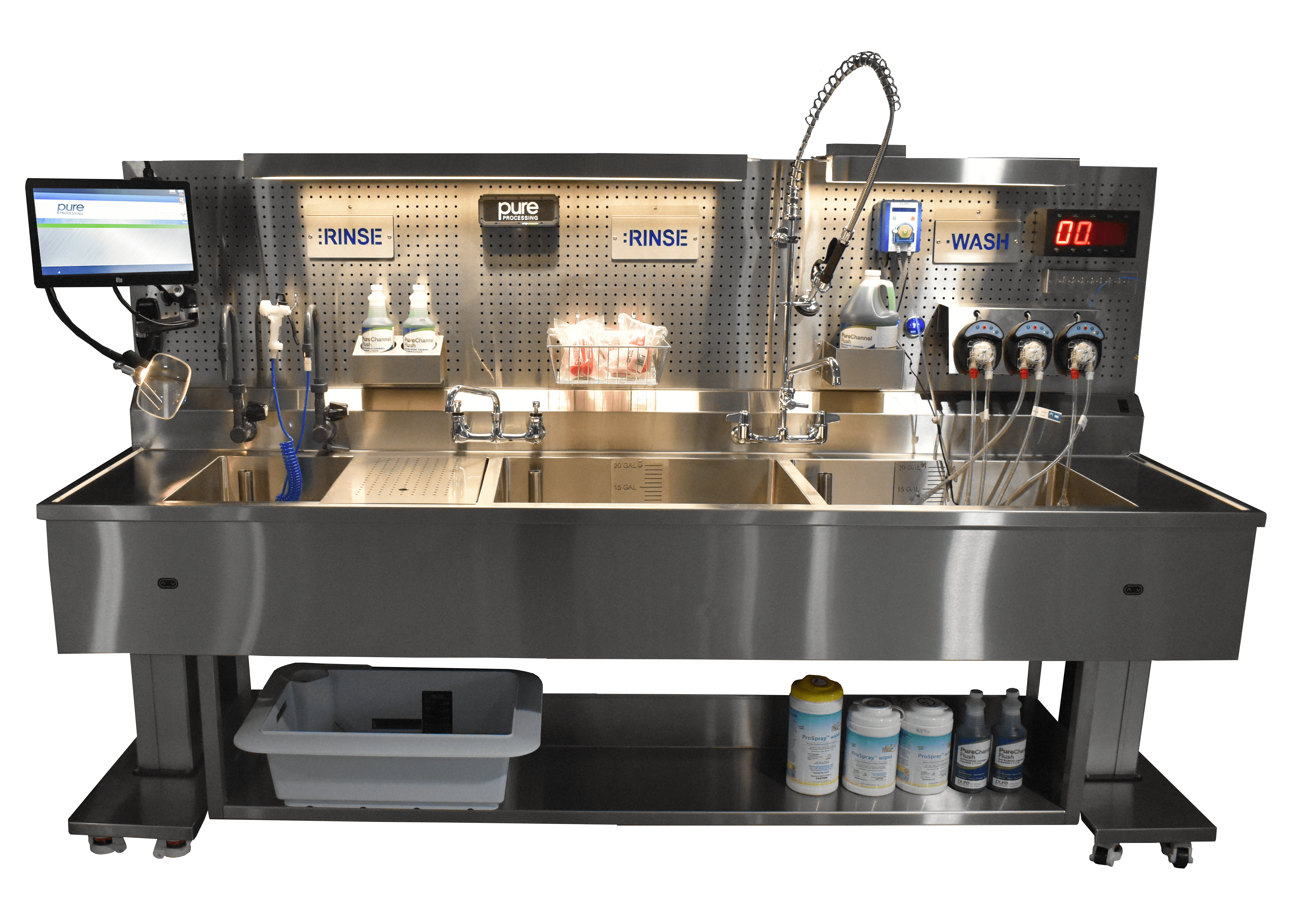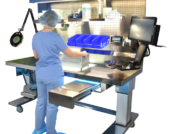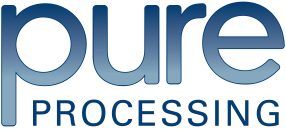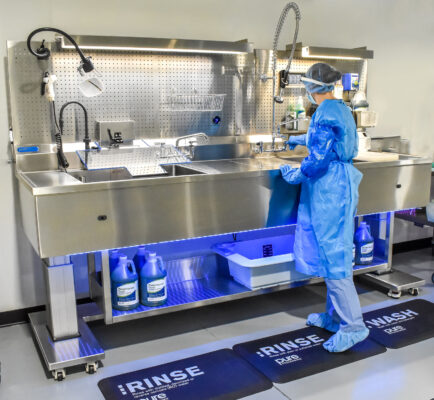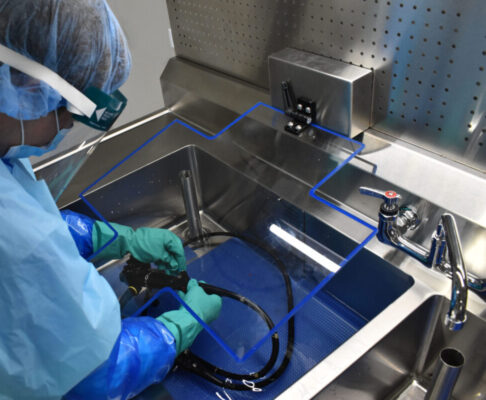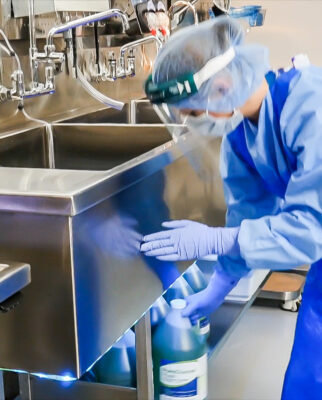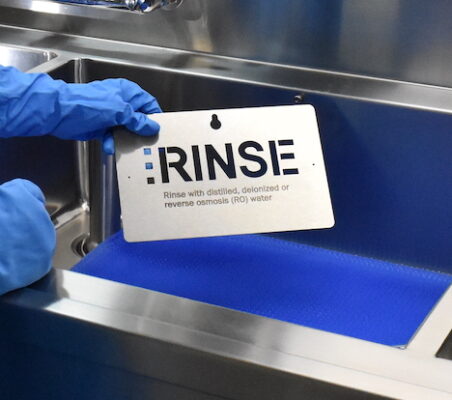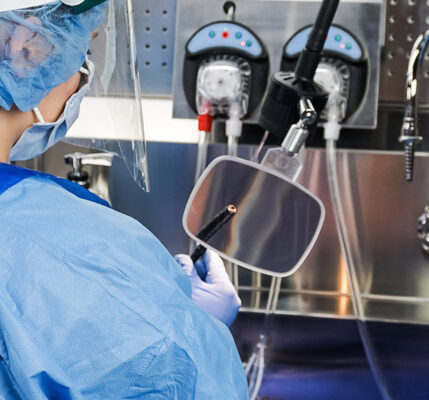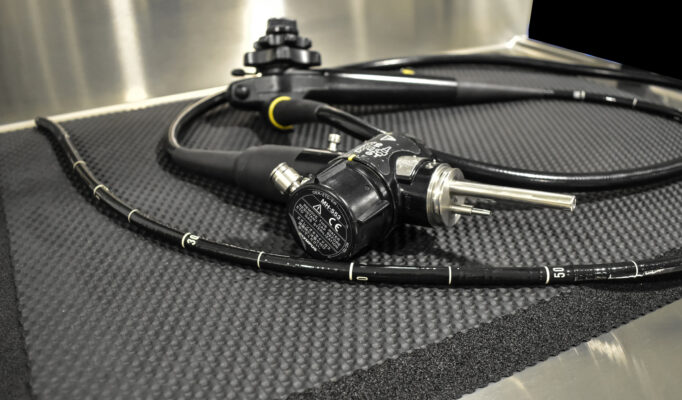
5 Ways Healthcare Reprocessing Sinks Improve Workflow and Productivity
In central sterile processing and GI departments, the decontamination area’s reprocessing sinks represent the most critical area in ensuring that instruments are being properly cleaned. While commercial stainless steel sinks are commonly used for reprocessing medical instruments, not all sinks are created equally.
How healthcare reprocessing sinks are a better option than commercial stainless steel sinks
Manual cleaning and disinfection of instruments requires that sinks have either two- or three-basin sections1 to soak, rinse and provide a final rinse with critical water. The American National Standards Institute (ANSI) and Association for the Advancement of Medical Instrument (AAMI) standard ST79:2017 also recommends that sinks have “attached solid counters or adjacent work surfaces on which to place soiled and clean items separately.”
To make the most of the space available in the limited confines of the decontamination area, sinks need to also serve as a workstation. Unlike commercial stainless steel sinks, healthcare reprocessing sinks are designed with the decontamination tasks and users in mind. As such, ergonomics and workflow standards and recommendations are met.
5 ways healthcare reprocessing sinks improve productivity and quality
1. Ergonomics
Height-adjustable healthcare reprocessing sinks meet Occupational Safety and Health Act (OSHA)2 compliance and reduce musculoskeletal disorders. Central sterile processing personnel heights and physical capabilities vary, making height adjustability a necessity to perform duties optimally. Height-adjustability also comes in varying options. While the overall sink can be height-adjustable, having an attached pegboard or shelf under the sink that moves with the sink, also helps alleviate staff pain from bending and reaching by keeping tools within easy reach.
2. Protection from aerosolization
While personal protective equipment (PPE) is a necessity, sinks can also provide another way to ensure the reduction of aerosolization. Aerosols can make contact with personnel from any direction and can transfer microorganisms to personnel. The incorporation of a sink basin splash guard allows for personnel to be able to manually clean instruments without being exposed to dangerous organisms.
3. Workflow
Incorporating tools that ensure proper workflow allows healthcare reprocessing sinks to become a training tool. Workflow plates that indicate whether a particular basin is to be used for soaking, rinsing, or a final critical water rinse can be used as a training tool to educate new hires. It also serves as a reminder to veteran personnel when redundant, repetitive tasks can lead to overlook protocols. Workflow plates are also removable for easy cleaning.
4. Lighting
ANSI/AAMIST:79 requires adequate lighting of work surfaces.” Ancillary lighting should be considered for areas where instruments are manually cleaned and inspected.” Task lights with magnifying lenses allow personnel to be able to visually verify the cleaning process. Magnifying task lights can be installed on a pegboard with an adjustable arm that meets the ergonomic needs of each staff member for less eye strain and greater inspection capabilities.
5. Instrument protection
Tools such as staging panels and sink liners protect the tips of delicate, expensive instruments when more space is needed. By adding a staging panel to an existing sink basin, the sink’s built in counter space is expanded to help stage instruments prior to sterilization. Sink liners in basins and on sink countertops provide a soft-landing area to prevent damage to instruments while they are staged.
Learn more about Pure Processing healthcare reprocessing sinks, which feature moveable pegboard and shelving accessories to meet your workflow and workplace environment goals.
Looking for more sterile processing articles? Read Central Sterile Processing Education and Training Are Key to Reducing HAIs.
References:
- United States Department of Labor. Central supply. Occupational Safety and Health Administration.. https://www.osha.gov/SLTC/etools/hospital/central/central.html
- Association for the Advancement of Medical Instrumentation (2017). ANSI/AAMI ST79:2017, Comprehensive guide to steam sterilization and sterility assurance in healthcare facilities.
